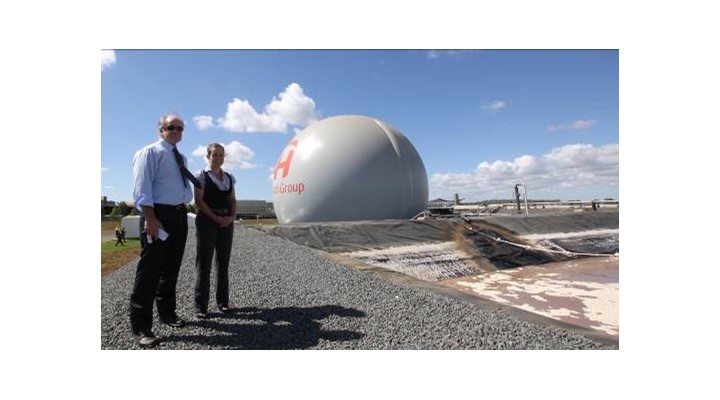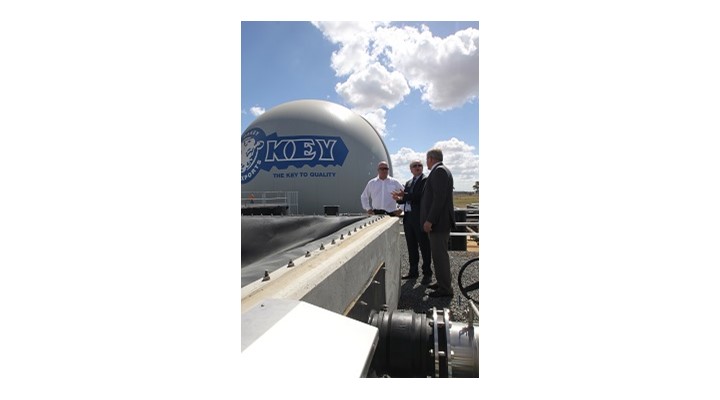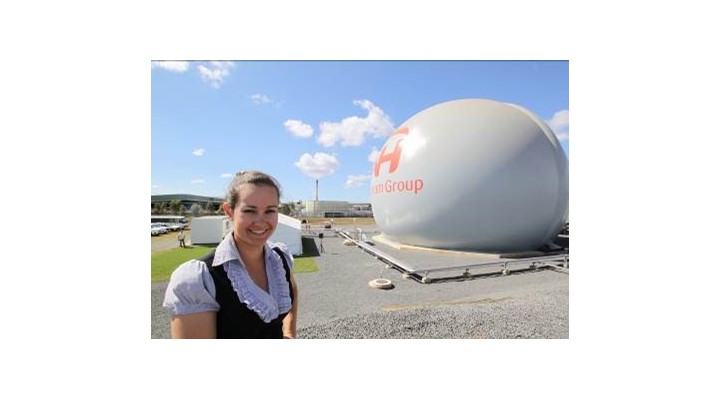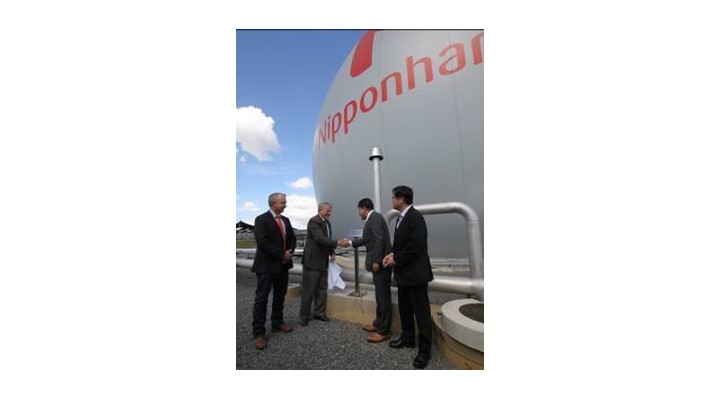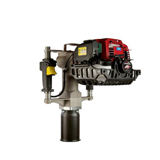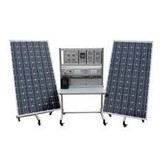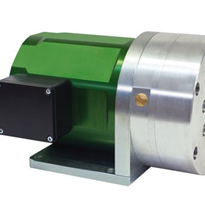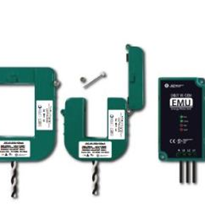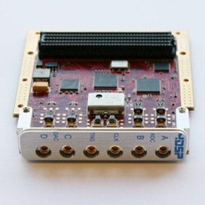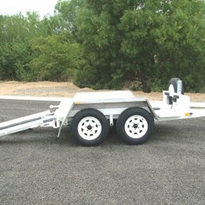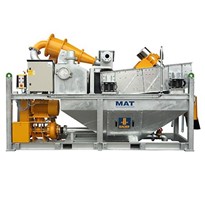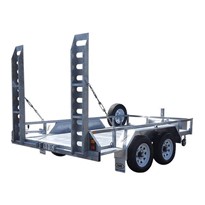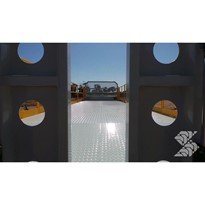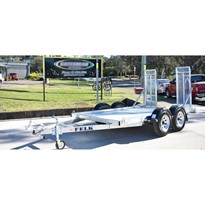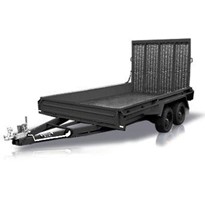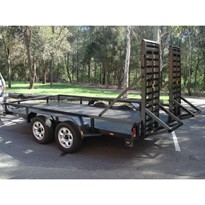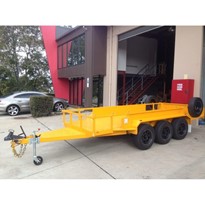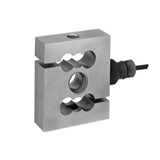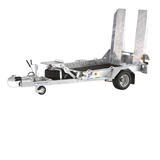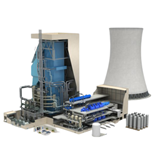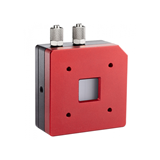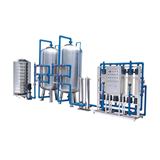Kelly Hawkins, who is a Biogas Technician at Oakey Beef Exports in Queensland, says she is proud to be involved in a company taking such as far-sighted initiative that shows how industry can profitably enhance its environmental footprint.
"My background is in cattle, as I grew up on a breeding and fattening cattle property in Central Queensland. I attended the University of Queensland; it is here that I studied Agricultural Science, concentrating mostly on livestock," she said.
Hawkins says she is very satisfied to be responsible for the day-to-day operation of the Global Water Engineering COHRAL™ plant installed by CST Wastewater Solutions plant, which also produces high-quality waste water as it replaces fossil fuels.
Based on 2014 figures, it is estimated that Australia's national cattle herd stands at 29.3 million1 and the value of total beef and veal exports in 2013-14 was $6.45 billion, according to ABS data.2
The world-first COHRAL™ green energy initiative by the leading Japanese meat processor NH Foods at Oakey Beef Exports in Australia has been praised as an environmental and business efficiency model for food producers worldwide.
Officially opened this year by Australian Federal Industry and Science Minister and MP for Groom Hon Ian Macfarlane, the plant extracts methane biogas from its waste water streams to replace millions of dollars' worth of natural gas currently consumed at the abattoir on Queensland's Darling Downs.
"The most satisfying aspect of my role at Oakey is being witness to the technology and processes involved in creating renewable energy within an existing production business. It is refreshing to see that such an established business has the foresight to decrease its' environmental footprint. Globally, businesses are no longer in the position where infrastructure and productivity can be advanced without taking note of the damage it is causing the environment. It is especially exciting that this system is an Australian first," says Ms Hawkins, who took responsibility for her new role at the age of 24.
The plant – the first GWE Covered High Rate Anaerobic Lagoon (COHRAL) in the world – will produce 183.3 gigajoules of energy a day when it reaches design capacity through the combustion of methane produced. The new plant delivers high quality waste water by extracting organic content, which it converts into methane to replace fossil fuels. The GWE anaerobic digestion technology involved can remove more than 70-90 per cent of organic waste content.
"The green energy produced represents 40 per cent of our current usage of natural gas and will produce direct ongoing savings year after year. The cost of construction is expected to be repaid inside five years," said Oakey Beef Exports General Manager Pat Gleeson. Additional benefits include reduced greenhouse gas emissions, improved quality of wastewater and greatly reduced odour emissions from the plant. "The effect of burning the methane will save the equivalent of 12,000 tonnes of CO2, equivalent to removing 2700 cars from the road."
Hawkins, who began her role at Oakey Beef Exports as a laboratory technician, said she was delighted to get the opportunity to be involved with the project, which involves an advanced user-friendly GWE SCADA-based control system operated by one person. It combines some of the best features of more than 300 GWE waste water and green energy projects successfully operating worldwide, including some of the latest in the Asia-Pacific.
"When the biogas technician role arose, I was asked if I would be interested in adapting my position within the company," said Hawkins." I was very interested in expanding my knowledge and developing new skills.
"Presently we are in the start-up phase of the plant, therefore we are focusing very closely on the parameters of the wastewater (bacterial activity, fats, COD etc.). The day-to-day operations of the plant are relatively simple, however the processes for optimum biogas production based on the wastewater parameters and anaerobic bacteria are quite complex….. Once all of the parameters have met a happy medium, the plant should be relatively simple to run and we will be able to fine-tune and modify nutrient levels to make both by-products (biogas and effluent) meet optimum targets."
Kelly Hawkins has a strong bond with environmental protection of the country for future generations, having been raised on a cattle station 100km south-west of Emerald in the Central highlands of Queensland. Currently living in Dalby, she spent four years at the University of Queensland Gatton Campus, completing her Bachelor of Agricultural Science degree in 2013.
The COHRAL™ technology for which she is responsible – which is applicable to both livestock and cropping operations – uses concentrated anaerobic bacteria to digest 70-85 per cent of the organic matter (COD, or Chemical Oxygen Demand) in Oakey Beef Exports' waste water to produce effluent of far high quality than typical open lagoons. Closed tank (reactor) designs, where applicable, can achieve even higher digestion levels and efficiencies, with more than 90 per cent achieved in service by GWE plants.
"The technology involved in the installation Kelly operates is a trail blazer for the food and beverage industry, particularly meat and dairy" says the man who installed it, Mike Bambridge, Managing Director of CST Wastewater Solutions. "Global Water Engineering technology has been a world leader in clean water and green energy solutions for more than 35 years. Its anaerobic waste water and green energy technology has been proven in a wide variety of livestock, crop and beverage production facilities and is applicable to any industry with an organic waste stream.
"In fact, GWE technology recently won a global award for best project or process to demonstrate innovation in renewables. Applied at a Thai cassava starch sludge processing facility, the technology won the latest (2014) green energy award of the International Institution of Chemical Engineers, IChemE, which has more than 40,000 members worldwide."
User-friendliness is a keynote of the system Kelly operates through its Scada computer control system. All indications and alarms, as well as reporting on the daily operation of the plant, and "trending" can be done by the Scada computer system. All motor start/stop as well as auto/manual functions can also be controlled from the Scada computer.
A simplified flow sheet can be displayed on the Scada computer's colour screen, featuring all measurements (continuously updated) and indicating operating motors. Alarms can be indicated by a colour change to red of the corresponding measurement or indication. An external acoustic alarm can also be incorporated.
With experience, it will be a straightforward for a suitably qualified person, she says – "My major roles within this job are the laboratory analysis and monitoring of the biogas/ wastewater plant, as well as some laboratory work in the abattoir lab continuing my previous role."
The safe, durable and environmentally harmonious COHRAL™ technology deployed at Oakey Beef can be widely applied worldwide to food, beverage and agricultural and primary processing plants," says Bambridge, whose company represents GWE technology in Australia and New Zealand.
In addition to green energy and higher quality waste water, another major benefit of covered anaerobic lagoons is that the methane biogas produced within them is not only prevented from escaping into the atmosphere (where it is many times more damaging than CO2 emissions) but is also harnessed to generate energy – rather than waste water being heavy consumers of energy in processing and oxygenation.
"In addition to the obvious waste-to-energy benefits, the process also helps curb odours that emanate from open lagoons in processing plants. This is becoming a much bigger issue in Australia as urban encroachment means agribusiness and expanding communities are located much closer to each other than previously."
"So instead of open lagoons being potential dumping grounds for environmental problems, closed installations such as Oakey Creek's represent an outstanding contribution to good community relations."


